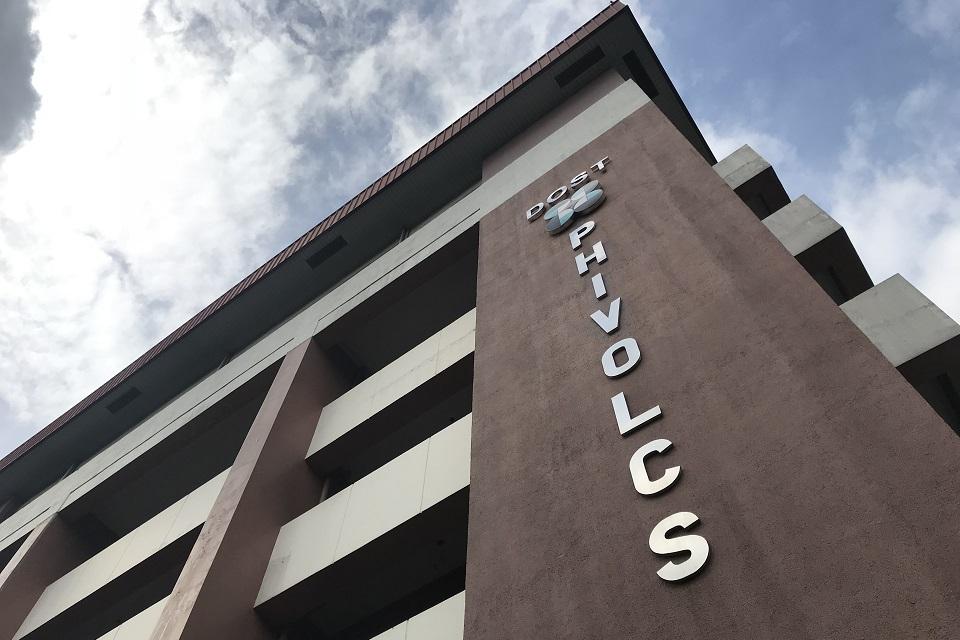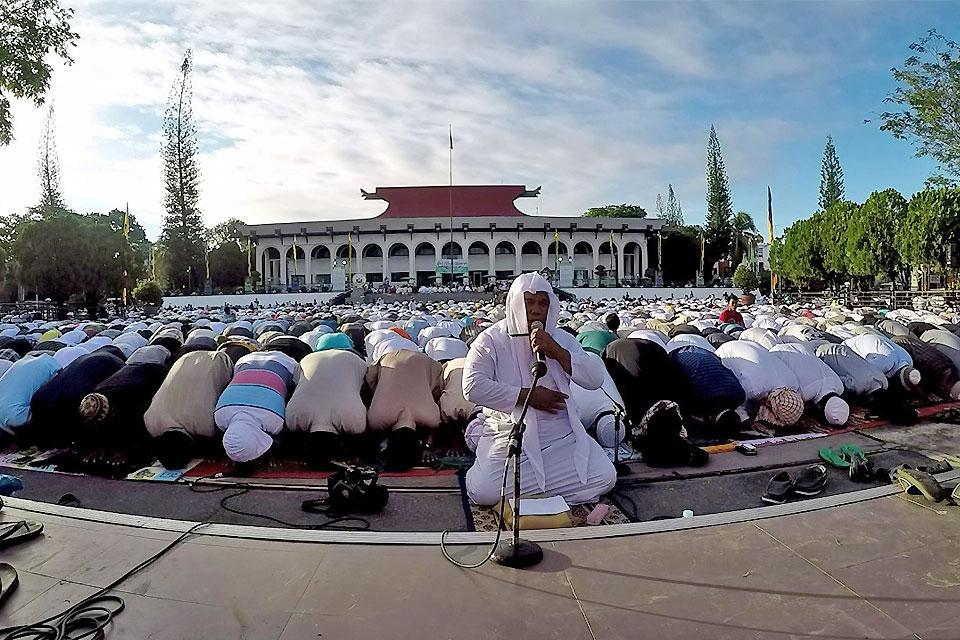On breast lumps, hormones, and regular examinations
In a recent Pinoy MD episode, Dr. Jean Marquez and host Connie Sison stressed for women to be familiar with their breasts through self-examinations.
"Kailangan maging familiar tayo sa feel ng ating breasts kasi pag nag-iba, duon mapapansin ang bukol," Connie said.
"Pero wag agad mag-jump into conclusion [kung may makapa na bukol," Dr. Marquez quickly followed up.
There are two types of lumps that can be detected in women's breasts. Benign, which is non-cancerous or malignant, the cancerous type.
When the lump is grape-shaped, soft and moving, it is possibly benign. When it is hard and of an irregular shape, there is a bigger chance it it malignant.
Dr. Isaac David Ampil II, an Oncologist and SVP and Head, Research and Biotechnology in St. Lukes Medical Center said lumps are caused by the breast's sensitivity to the stimulation of hormones in a woman's adolescent years.

Need a wellness break? Sign up for The Boost!
Stay up-to-date with the latest health and wellness reads.
Please enter a valid email address
Your email is safe with us
"In the course of doing this, merong ibang breast na talagang very sensitive dun sa stimulation ng hormone na 'yon, at dahil doon nagkakaron ng mga bukol o lump doon sa breast ng mga babae."
While it's essential for women to regularly do self breast examinations, it's better for them to confirm their condition through imaging tests like mammograms, breast ultrasounds, and breast MRI.
When a lump turns out to be benign — like the fibrodenoma, when there is a coagulation in the lobules or the milk glands of the breasts — Dr. Ampil said it is better to monitor it and have it regularly checked, instead of removing through surgery.
"Maaring i-monitor lang niya regularly kung lumalaki siya. Although 'yong iba, they'd still choose na tanggalin pa rin 'yong bukol out of security. But realistically puwedeng i-observe lang ang mga 'yan," he said.
He said most of the lumps found in women's breasts are benign, with physiologic lumps getting smaller as a woman goes through menopause.
Dr. Theresa Buenaflor Radiologist at the Asian Breast Center said small dots seen in mammography results can be a sign of early breast cancer.
"That is the value of doing mammography kasi ang hinahanap po ng mammography ay 'yong mga maliliit po na tuldok that can be sign of early breast cancer," Dr. Beanflor said.
Dr. Ampil suggests that it's best to consult a specialist and undergo checkup to detect "suspicious abnormalities."
"The best way talaga is to consult a specialist sa breast para mag-undergo ka ng baseline na checkup ng breast mo and then for regular monitoring, so 'yong mga ladies na may family history mas magandang magpa-consult ng mas maaga sa breast surgeon para ma-examine 'yong breasts and determine kung meron itong mga suspicious abnormalities," he said. — Jannielyn Ann Bigtas/LA, GMA News

Need a wellness break? Sign up for The Boost!
Stay up-to-date with the latest health and wellness reads.
Please enter a valid email address
Your email is safe with us









